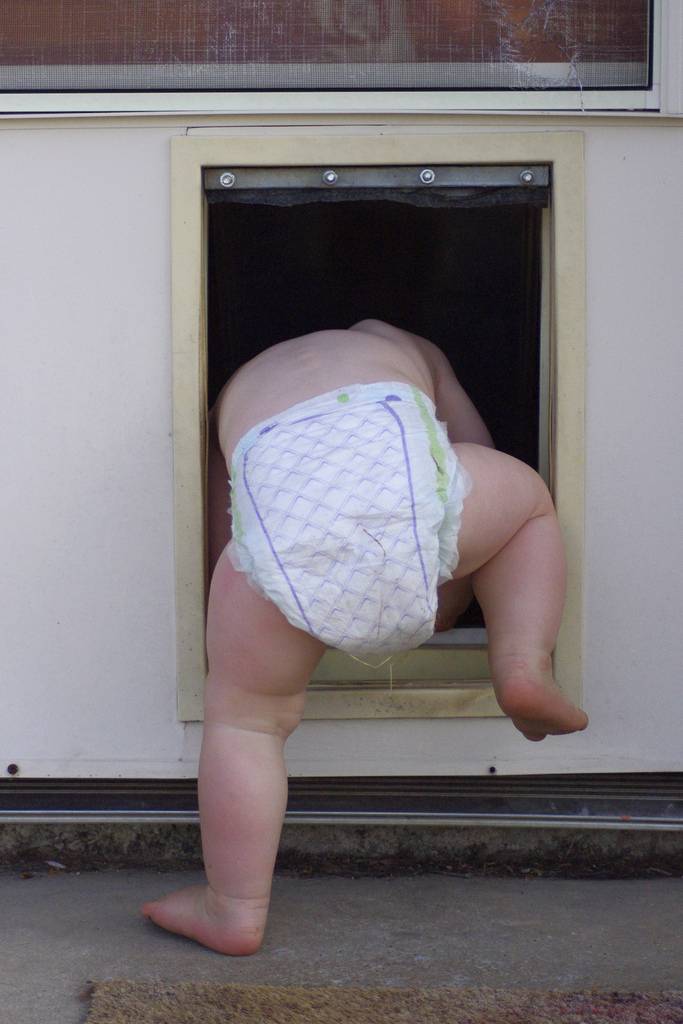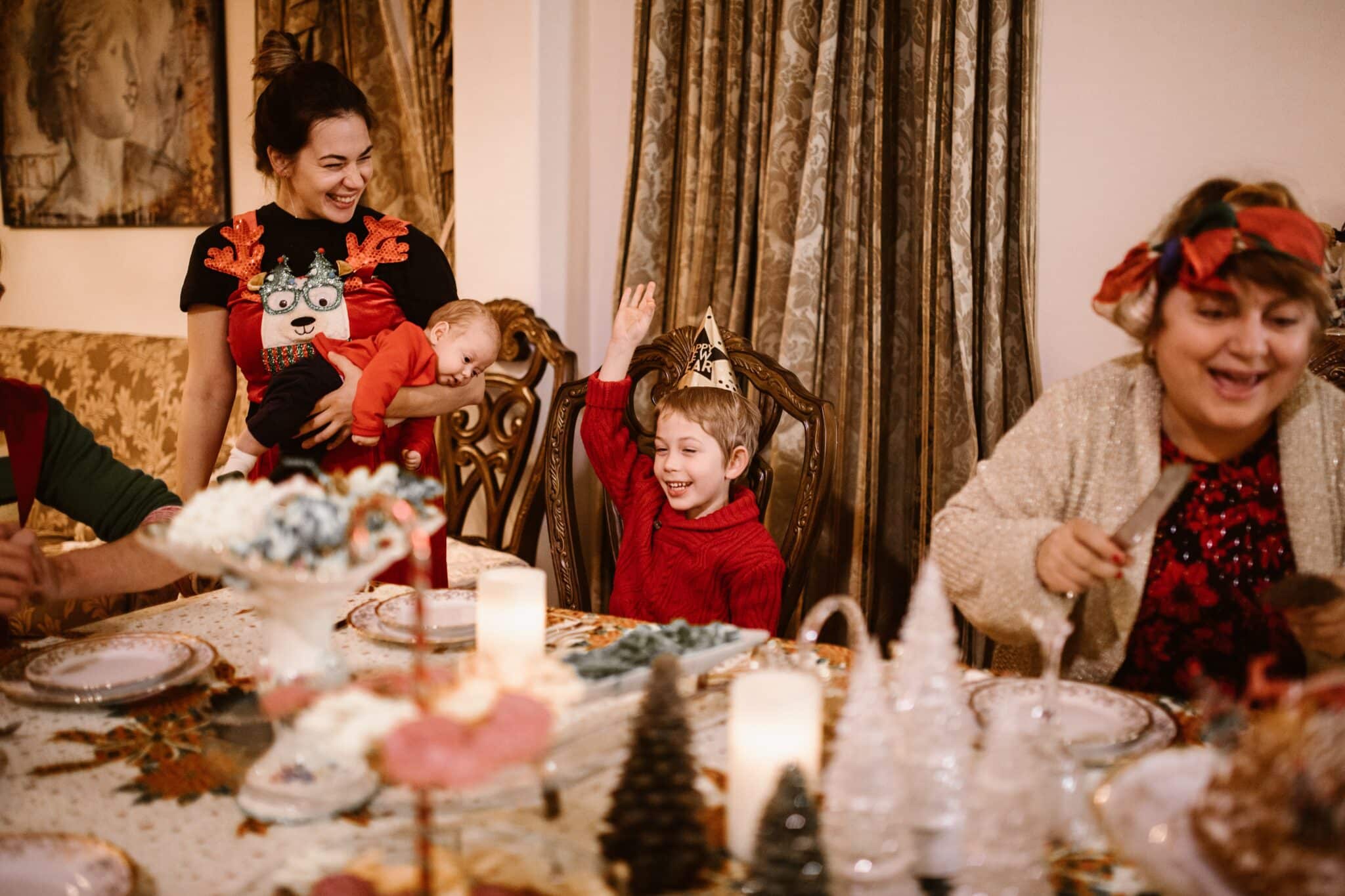Welcoming a new baby into your home is an exciting and transformative experience. As you await your little one’s arrival, ensure that your home is ready to provide a safe, comfortable, and nurturing environment.
This comprehensive guide will walk you through the best ways to prepare your home for a new baby, covering everything from essential gear to creating a serene and functional nursery. We at Omega Pediatrics hope that you find this guide helpful.
Setting Up the Nursery

Choosing the Right Location
The nursery will be your baby’s primary environment, so selecting the right space is crucial. Choose a room close to the parents’ bedroom for convenience during nighttime feedings and diaper changes, especially during the first few months.
You may consider using a baby monitor if the nursery is farther away. Also, choose a quiet area of the house, away from high-traffic areas like the living room or kitchen. Choose a well-ventilated room with enough natural light
Essential Furniture and Furnishings
Investing in the right furniture is key to creating a functional and comfortable nursery. The basics include:
- Crib: Ensure it meets safety standards, with slats no more than 2 3/8 inches apart, to prevent your child’s head from getting stuck.
- Crib Mattress: It should be firm and fit snugly in the crib without gaps. Avoid using crib bumpers, pillows, and soft toys to reduce the risk of SIDS.
- Changing Table: Opt for a sturdy table with safety straps and raised sides. Keep a stock of diapers, wipes, diaper rash cream, and changing pads within arm’s reach. Also, use storage bins or baskets to organize supplies.
- Dresser: A dresser can double as a changing station and storage unit.
- Rocking Chair or Glider: Choose a comfortable chair with good back support and padded armrests. Position the chair near a table for easy access to feeding supplies, books, and a water bottle. This is perfect for late-night feedings.
Storage Solutions for Clothes, Diapers, and Toys
- Install shelves, drawers, and closet organizers to maximize storage space. You may consider vertical expansion, that is, layering of storage spaces against a wall.
- Use labeled bins or baskets for easy organization and access to clothes, diapers, and other stuff.
- Keep frequently used items within easy reach and store less-used items higher up or in a different room.
Decorating the Nursery
- Decide on a theme that reflects your style and creates a calming environment.
- Select a color palette that promotes relaxation and is visually appealing. Soft pastels and neutral tones are popular choices.
- Use non-toxic paint and materials for all decorations and furniture.
- Incorporate visual stimulation with wall decals, and artwork that is safely out of the child’s reach.
Tips for DIY Decorations and Budget-Friendly Options
- Create personalized artwork or crafts to add a unique touch.
- Repurpose existing furniture with a fresh coat of paint or new hardware.
- Shop for second-hand items or hand-me-downs from family and friends to save on costs.
- Look for sales and discounts on nursery items to stay within budget without compromising on quality.
Safety First

Safety should be a top priority when setting up the nursery. Anchor heavy furniture to the walls to prevent tipping, install cordless window coverings to eliminate strangulation hazards, and ensure all electrical outlets are covered.
Baby-Proofing Your Home
General Safety Tips
Baby-proofing your entire home is essential as your little one starts to explore. Here are some general safety tips:
- Install Safety Gates: Place gates at the top and bottom of stairs and in doorways of rooms that are off-limits.
- Secure Cabinets and Drawers: Use childproof locks to prevent access to dangerous items.
- Cover Sharp Edges: Apply corner guards to coffee tables, countertops, and other furniture with sharp edges.
- Check for Choking Hazards: Regularly inspect the floor and low surfaces for small objects that could pose a choking risk.
Room-Specific Baby-Proofing
- Kitchen: Keep sharp objects, heavy cookware, and cleaning supplies out of reach. Install stove knob covers and use backburners when cooking.
- Bathroom: Store toiletries and medications in high cabinets. Use a nonslip bath mat and never leave your little one unattended in the bath.
- Living Room: Secure televisions and large electronics. Avoid placing heavy items on low shelves that a curious baby could pull down.
Stocking Up on Essentials
Clothing and Linens: Babies grow quickly, so having a variety of clothing sizes on hand is helpful. Stock up on:
- Onesies
- Sleepers
- Socks and mittens
- Swaddle blankets
- Receiving blankets
- Burp cloths
Diapering Supplies: Whether you choose disposable or cloth diapers, ensure you have plenty on hand. Other diapering essentials include:
- Diaper pail
- Wipes
- Diaper cream
- Changing pad covers
Feeding Supplies: Feeding is a significant part of caring for a newborn. Depending on your feeding choice, you’ll need:
- Bottles and nipples (various sizes)
- Breast pump (if breastfeeding)
- Formula (if formula-feeding)
- Bottlebrush
- Burp cloths
- High chair (for later stages)
Creating a Soothing Environment
Lighting: Soft, adjustable lighting is ideal for a nursery. Use blackout curtains or shades for naptime to help your baby sleep longer. Install a dimmable nightlight for nighttime feedings and diaper changes to avoid disturbing sleep.
Temperature Control: Keep the nursery at a comfortable temperature, ideally between 68-72°F (20-22°C). Use a fan to circulate air and a humidifier to maintain optimal humidity levels, especially in dry climates.
Sound Management: Consider soundproofing options such as a white noise machine to minimize disturbance. This can help soothe your little one to sleep by mimicking the sounds of the womb. Alternatively, a fan or a soft music playlist can create a calming atmosphere.
Health and Hygiene
Bathing Supplies: Gather the necessary items for bath time:
- Bathtub
- Shampoo and body wash
- Soft washcloths
- Hooded towels
- Lotion
First-Aid Kit: Prepare a baby-specific first aid kit, including:
- Digital thermometer
- Nasal aspirator
- Nail clippers
- Pain reliever (as recommended by your pediatrician)
- Cotton balls and swabs
Laundry Preparations: Newborns generate a lot of laundry. Use a gentle, fragrance-free detergent to wash their clothes, linens, and cloth diapers. Consider getting a separate laundry basket for baby items.
Organizing and Decluttering
Storage Solutions: Efficient storage is key to maintaining an organized nursery. Utilize:
- Bins and baskets for toys and supplies
- Drawer organizers for clothing and small items
- Shelving units for books and decorative items
Decluttering Tips
- Before Baby Arrives: Take time to declutter your home, removing unnecessary items to create a calm and organized environment.
- Regular Maintenance: Schedule regular decluttering sessions to keep your space tidy and safe for your growing baby.
Preparing for Emergencies
Emergency Contacts: Keep a list of emergency contacts, including your pediatrician, poison control, and nearby relatives, in an easily accessible location.
Evacuation Plan: Develop a family evacuation plan in case of emergencies, and ensure all household members are familiar with it.
Mental and Emotional Preparation
Parental Self-Care: Caring for a newborn can be exhausting. Prioritize self-care by:
- Getting adequate rest
- Seeking support from family and friends
- Joining parenting groups for shared experiences and advice
Creating a Support System: Surround yourself with a strong support system. Enlist help from family and friends for household tasks, and consider hiring a postpartum doula for additional support.
Introducing Pets to the New Baby
- Gradual Introduction: Allow your pet to become familiar with baby-related smells and sounds before the baby arrives.
- Training: Reinforce obedience training to ensure your pet responds well to commands.
- Safety: Never leave your baby and pet unattended together. Establish boundaries and create pet-free zones in your home.
Final Preparations
Packing the Hospital Bag: Pack a hospital bag well in advance of your due date. Include:
- Comfortable clothing for you and your partner
- Toiletries
- Snacks and drinks
- Phone charger
- Baby’s going-home outfit
- Important documents (ID, insurance information, birth plan)
Car Seat Installation: Ensure your baby’s car seat is properly installed before the big day. Have it checked by a certified technician if you’re unsure about the installation.
Practice Runs: Do a few practice runs of daily routines, such as feeding, diaper changing, and soothing, to build confidence and identify any last-minute adjustments needed.
Prepare Your Home for the Baby’s Arrival

Preparing your home for a new baby involves careful planning, thoughtful organization, and a focus on safety and comfort.
By setting up a nursery, baby-proofing your home, stocking up on essential supplies, and creating a supportive environment, you can ensure a smooth and joyful transition into parenthood. Each family’s journey is unique, so tailor these suggestions to suit your specific needs and circumstances.
As you welcome your little one into your home, embrace the challenges and cherish the precious moments, knowing that your preparations will help create a loving and secure space for your baby’s growth and development.
We are one family, and we at Omega Pediatrics share with you the joy of welcoming your new baby. We hope this helpful guide will inspire your parenting journey with your newest addition. We can’t wait to welcome you to our clinics.



